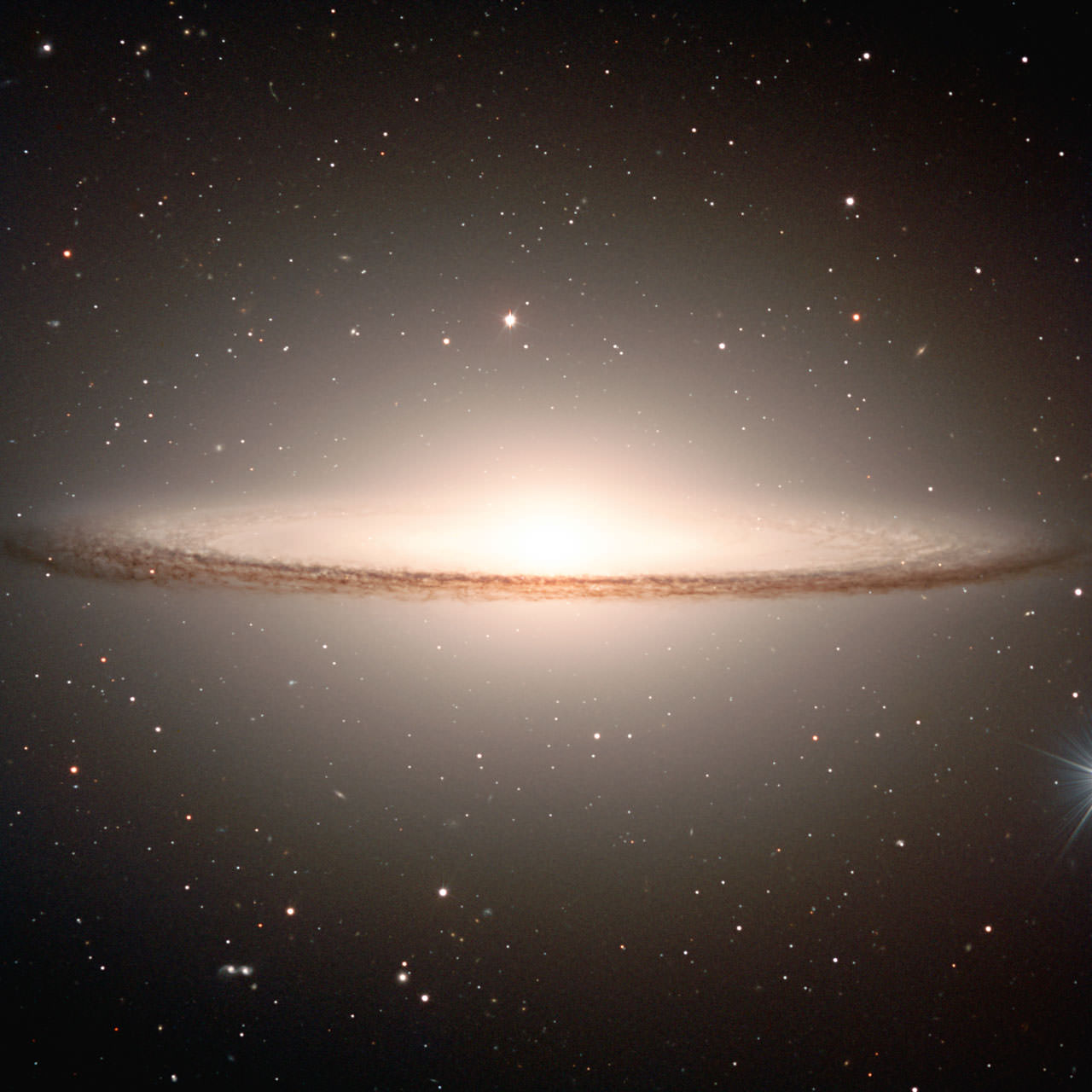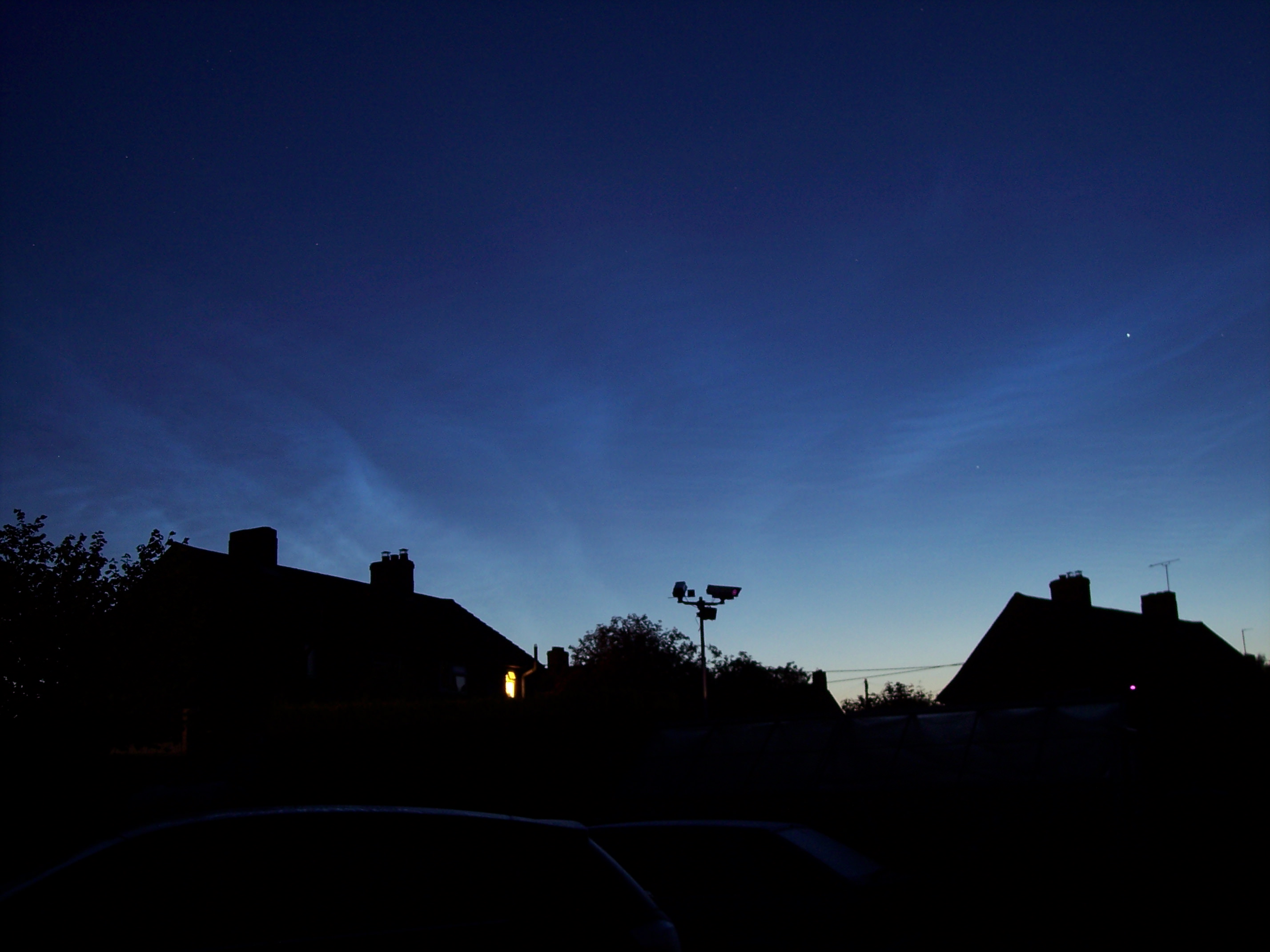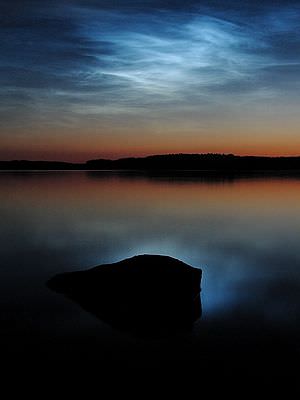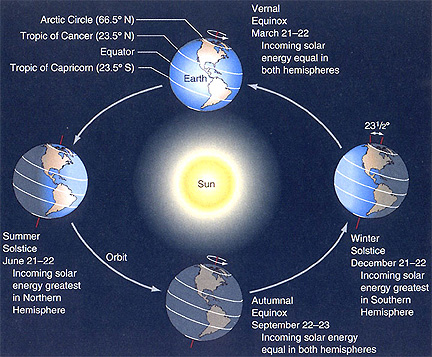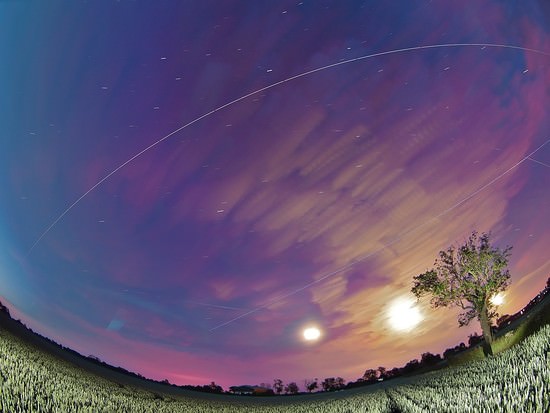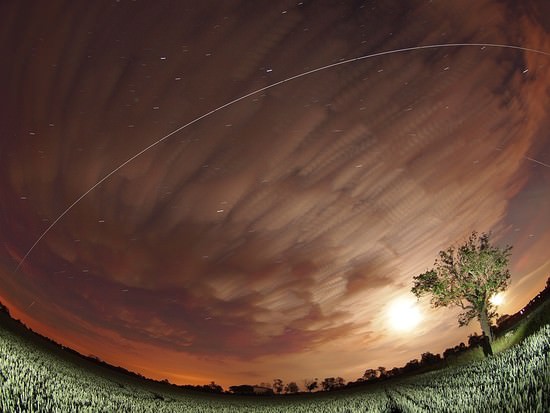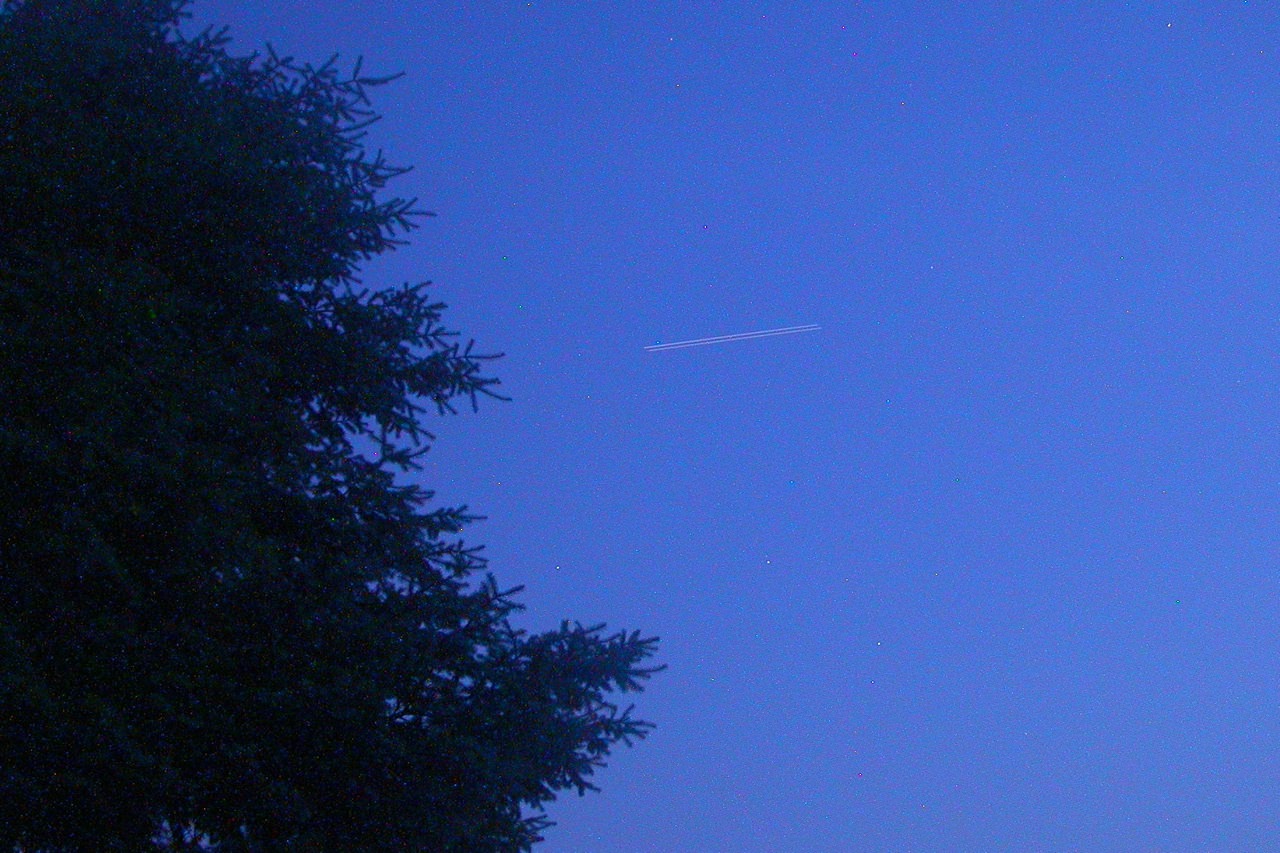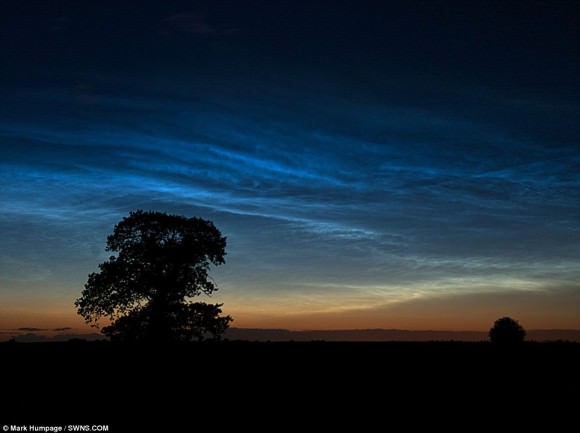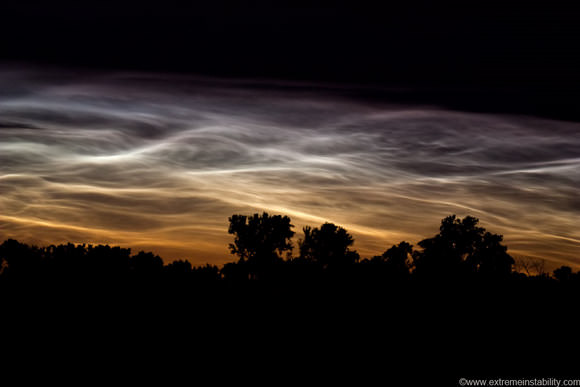[/caption]The traditional picture of galaxy growth is not pretty. In fact, it’s a kind of cosmic cannibalism: two galaxies are caught in ominous tango, eventually melding together in a fiery collision, thus spurring on an intense but short-lived bout of star formation. Now, new research suggests that most galaxies in the early Universe increased their stellar populations in a considerably less violent way, simply by burning through their own gas over long periods of time.
The research was conducted by a group of astronomers at NASA’s Spitzer Science Center in Pasadena, California. The team used the Spitzer Space Telescope to peer at 70 distant galaxies that flourished when the Universe was only 1-2 billion years old. The spectra of 70% of these galaxies showed an abundance of H alpha, an excited form of hydrogen gas that is prevalent in busy star-forming regions. Today, only one out of every thousand galaxies carries such an abundance of H alpha; in fact, the team estimates that star formation in the early Universe outpaced that of today by a factor of 100!
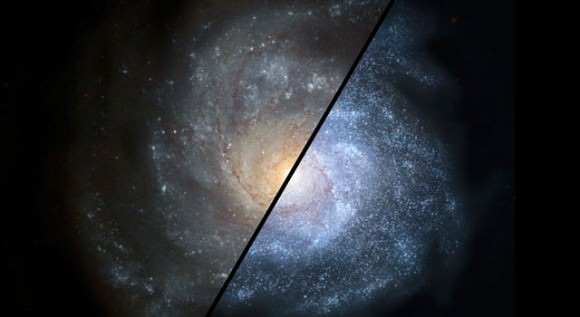
Not only did these early galaxies crank out stars much faster than their modern-day counterparts, but they created much larger stars as well. By grazing on their own stores of gas, galaxies from this epoch routinely formed stars up to 100 solar masses in size.
These impressive bouts of star formation occurred over the course of hundreds of millions of years. The extremely long time scales involved suggest that while they probably played a minor role, galaxy mergers were not the main precursor to star formation in the Universe’s younger years. “This type of galactic cannibalism was rare,” said Ranga-Ram Chary, a member of the team. “Instead, we are seeing evidence for a mechanism of galaxy growth in which a typical galaxy fed itself through a steady stream of gas, making stars at a much faster rate than previously thought.” Even on cosmic scales, it would seem that slow and steady really does win the race.
Source: JPL

